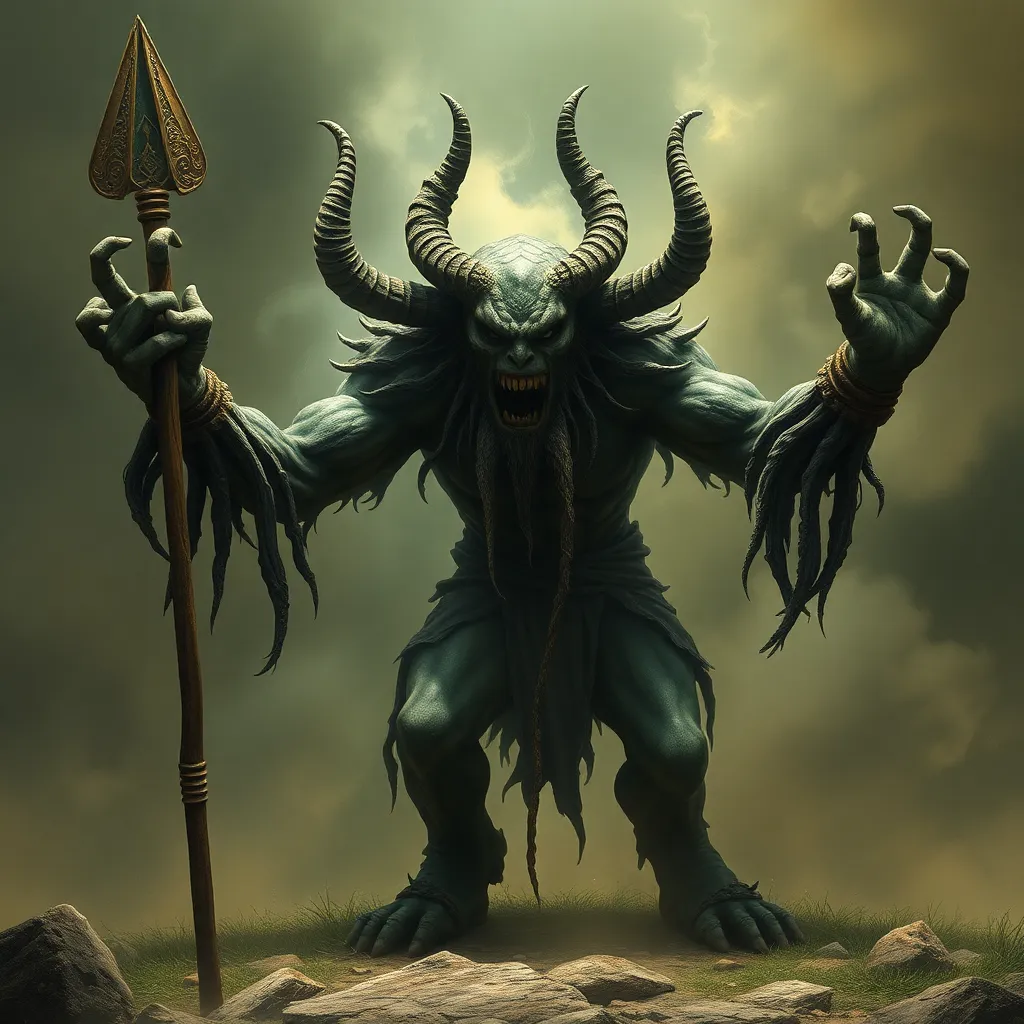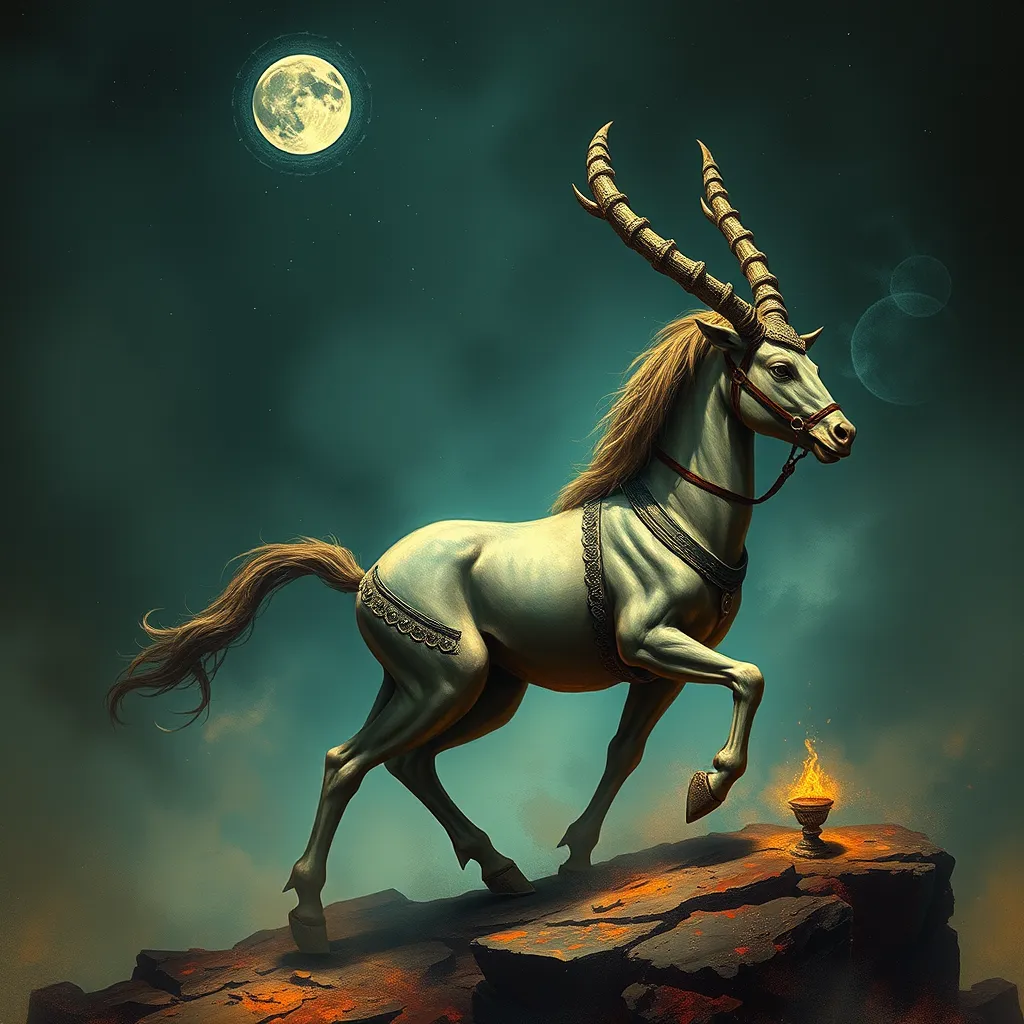The Naga in Music: Serpent Songs and their Melodies
I. Introduction to Naga Culture and Symbolism
The Naga tribes, primarily located in the northeastern region of India and parts of Myanmar, are known for their rich cultural heritage and distinct traditions. Comprising over 30 tribes, each with its own unique customs and dialects, the Naga people share a common history of resilience and pride in their identity. The significance of the Naga culture is deeply intertwined with their myths, rituals, and artistic expressions, particularly music.
Central to Naga mythology is the symbol of the serpent, which represents various concepts such as life, fertility, and the connection to the earth. The serpent is often seen as a protector and a bringer of rain, playing an essential role in agricultural practices and community well-being. This article aims to explore how the representation of the Naga in music, particularly through serpent songs, reflects these rich cultural narratives.
II. Historical Context of Naga Music
Naga music is characterized by its diverse range of styles and instruments that have evolved over generations. Traditional instruments commonly used include:
- Bamboo flutes
- Drums (such as the ‘nagaland’ and ‘kham’)
- String instruments (like the ‘sophi’)
The evolution of Naga music has been influenced by various factors, including interactions with neighboring cultures and the impact of colonialism. Historically, music served as a vital means of communication, storytelling, and expression of community identity, facilitating the transmission of cultural values and traditions.
As globalization has increased, Naga music has also absorbed elements from other musical traditions, leading to a fascinating blend of old and new sounds.
III. Thematic Elements of Serpent Songs
Serpent songs in Naga culture often encapsulate a variety of themes that resonate with the community’s beliefs and experiences. Some common themes include:
- Creation: Many serpent songs narrate the origins of the world and the role of the serpent in these myths.
- Fertility: The serpent is associated with agriculture and fertility, and songs often invoke blessings for a bountiful harvest.
- Protection: Serpent melodies are believed to ward off evil spirits and protect the community.
The emotional and spiritual significance of these melodies cannot be overstated. They are often performed during significant life events, fostering a sense of belonging and continuity within the community. The interplay between storytelling and music is a hallmark of Naga culture, where every song tells a story, encapsulating the essence of Naga identity.
IV. Instruments and Techniques in Naga Serpent Music
The instruments used in Naga serpent music are vital to its distinct sound. Traditional instruments include:
- Bamboo flutes: Known for their sweet and melodious tones, they are essential in conveying the subtleties of serpent songs.
- Drums: The rhythmic backbone of Naga music, drums provide the necessary pulse for dance and celebration.
Unique playing techniques and vocal styles are also integral to the performance of these songs. Vocalists often employ a call-and-response format, where the lead singer is answered by the community, creating a rich tapestry of sound. Improvisation plays a crucial role in performances, allowing artists to express individuality while still adhering to traditional structures.
V. The Role of Serpent Songs in Naga Rituals and Festivals
Serpent songs are prominently featured in various Naga festivals and rituals, serving as a vital component of cultural celebration. Some significant festivals include:
- Hornbill Festival: An annual celebration showcasing the culture of Nagaland, where serpent songs are performed as part of traditional dances.
- Aoleang Festival: This spring festival includes songs invoking the spirits of nature, focusing on themes of renewal and fertility.
The importance of music in rituals and ceremonies cannot be overstated, as it enhances the spiritual atmosphere and fosters a sense of community. For instance, during the Aoleang Festival, serpent songs are sung to invite blessings for the upcoming planting season, reinforcing the connection between music, spirituality, and agriculture.
VI. Contemporary Adaptations of Naga Serpent Music
In recent years, there has been a notable fusion of traditional Naga music with modern genres. Emerging Naga artists are exploring new sounds while maintaining their cultural roots. This has led to:
- Collaborations: Artists are working with musicians from various genres, creating unique fusions that bring Naga music to a broader audience.
- Use of technology: Recording and sharing platforms have allowed Naga music to reach global audiences, promoting cultural exchange and appreciation.
The impact of technology on the preservation and promotion of Naga music is profound. Online platforms enable artists to showcase their work, helping to keep traditional music alive while also adapting it to contemporary tastes.
VII. Global Influence and Reception of Naga Serpent Songs
The global interest in world music has opened doors for Naga melodies. Collaborations with international artists have enhanced the visibility of Naga music on the global stage. Music festivals and cultural exchanges play a significant role in promoting Naga music, allowing for:
- Cross-cultural collaborations: Artists from different backgrounds come together, enriching both their musical styles and cultural narratives.
- Increased awareness: Exposure at international events highlights the richness of Naga culture, fostering respect and interest.
VIII. Conclusion: The Future of Naga Music and Serpent Songs
While the future of traditional Naga music is promising, it faces challenges in a rapidly changing world. The influence of modernization and globalization can lead to the dilution of cultural practices. However, the importance of cultural preservation and advocacy cannot be understated.
Serpent songs are more than just musical expressions; they are a vital aspect of Naga identity and heritage. As communities continue to navigate the complexities of modern life, the preservation of these traditions will be crucial in maintaining their unique cultural fabric. The significance of serpent songs in Naga culture will continue to resonate, reminding future generations of their rich history and identity.




